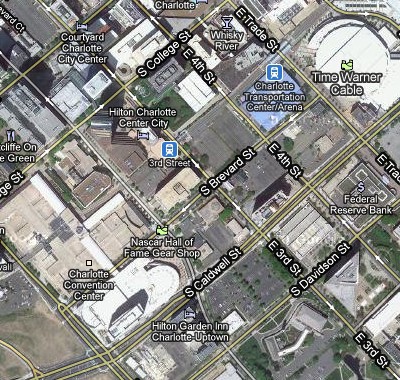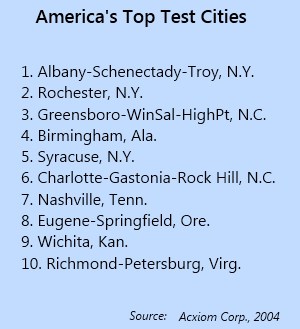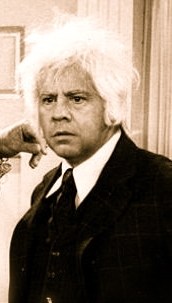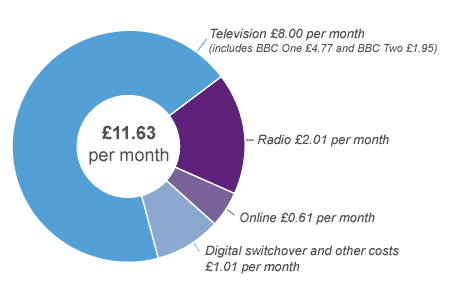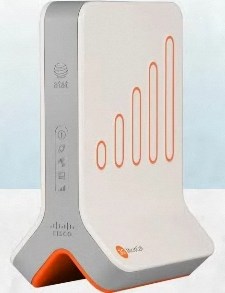 Broadband customers face dramatically higher prices for Internet service from a telecom company that wants to define for Alaskans an “appropriate” amount of “fair usage” of the Internet.
Broadband customers face dramatically higher prices for Internet service from a telecom company that wants to define for Alaskans an “appropriate” amount of “fair usage” of the Internet.
GCI, Alaska’s largest cable company, is currently embarked on a so-called “education” campaign over the summer telling residential customers it might be time for them to log off, or face the consequences of enormously higher broadband bills.
For one Anchorage coffee shop, that added up for several hundred dollars for just a single month of usage — all because they offer free Wi-Fi to their customers.
“People use it for their second space. Their home office,” Kaladi Brothers Coffee COO Dale Tran told KTVA news. “We’ve always offered an open network in our cafes, and after hours some people come by and park out front.”
Tran says the result was a bill from GCI several hundred dollars higher than expected.
GCI Communications Manager David Morris says at least two percent of their 110,000 customers are using “too much” service and violating the company’s “fair use” policies. Morris also warned customers with wireless equipment that if they don’t take steps to lock down their routers with passwords and security, they could be exposed to a huge bill from GCI for providing free Internet service to the entire neighborhood.
Morris claims the company wants to specifically define what it considers “fair use,” claiming it will make things more equitable for everyone.
But GCI’s Internet Overcharging scheme will never save a single customer a penny. Instead, customers will see only skyrocketing bills should they not fit within GCI’s arbitrary definition of “fair use”:
The company’s website states, “For a large majority of customers, normal usage activities are not expected to exceed the plan profiles defined below”:
| Plan Name | Usage |
| Ultimate Xtreme | 40,000 MB |
| Ultimate Xtreme Family | 60,000 MB |
| Ultimate Xtreme Entertainment | 80,000 MB |
| Ultimate Xtreme Power | 100,000 MB |
GCI customers are not happy. One reader of the AK Community forum provided additional insight:
To add a little dimension to this before I start ranting, here are the respective rates for the above service plans:
| Plan | Monthly Rate |
| Ultimate Xtreme | $39.99 |
| Ultimate Xtreme Family | $49.99 |
| Ultimate Xtreme Entertainment | $69.99 |
| Ultimate Xtreme Power | $99.99 |
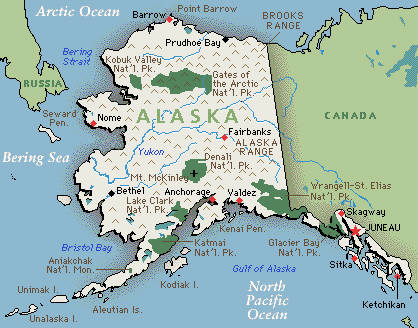 Now, those prices are misleading because they are only for the internet service portion of the “bundle.” What they’re not telling you (anywhere on the web site that I can find, in fact) is that in order to receive that price, data transfer rate, and monthly bandwidth, you must also pay for GCI’s digital cable television service ($57.99 when part of a bundle), local phone service ($15.49 a month), and long distance service ($5.99 a month plus taxes and surcharges).
Now, those prices are misleading because they are only for the internet service portion of the “bundle.” What they’re not telling you (anywhere on the web site that I can find, in fact) is that in order to receive that price, data transfer rate, and monthly bandwidth, you must also pay for GCI’s digital cable television service ($57.99 when part of a bundle), local phone service ($15.49 a month), and long distance service ($5.99 a month plus taxes and surcharges).
Without factoring in the various FCC fees and whatnot, the above information brings the total cost of GCI’s fastest, highest monthly bandwidth package to $179.46 per month! That’s actually the cost they quoted me on the phone, too, so at least we know their “customer service” staff are at least intelligent enough to figure out an adding machine.
Oh, and did I mention that those speeds and transfer rates are not available for standalone cable modem [subscribers]?
[…] What happens when you do go over? BAM! $5.12 per gig tacked on to your bill! I don’t know about you guys, but I’m sick of getting ripped off by GCI. Those of you who live outside of Alaska can confirm this, but GCI is just about the only cable company that still meters their customers’ bandwidth. I have friends who tell me that they’re paying $49.00 a month for 8Mb/s transfer rate and unlimited bandwidth!
What GCI is doing is highway robbery. How are they getting away with it? I’ll tell you: no competition. For very high speed broadband internet, they’re the only show in town, so they can charge whatever they want to anybody who wants more than 3Mbps (standard speed DSL service from Alaska’s other big telecom provider, the phone company).
[flv width=”478″ height=”380″]http://www.phillipdampier.com/video/KTVA Anchorage GCI Fair Internet Use Crackdown 6-2-10.flv[/flv]
KTVA-TV in Anchorage ran this report about GCI’s plans to force many of their broadband customers to pay more if they enjoy the Internet “too much.” (3 minutes)


 Subscribe
Subscribe